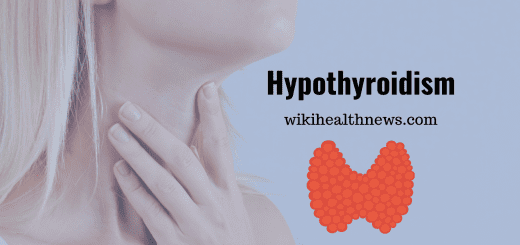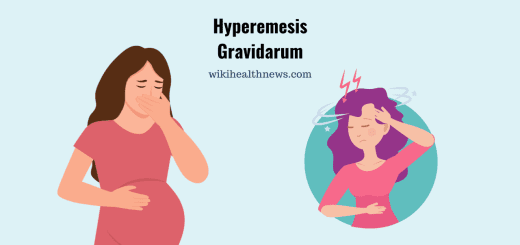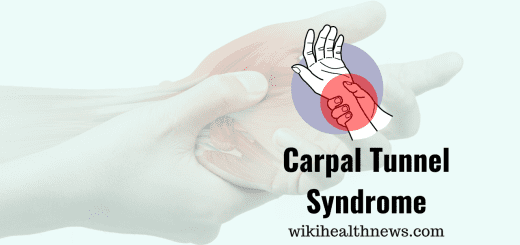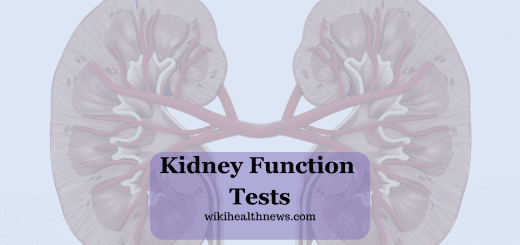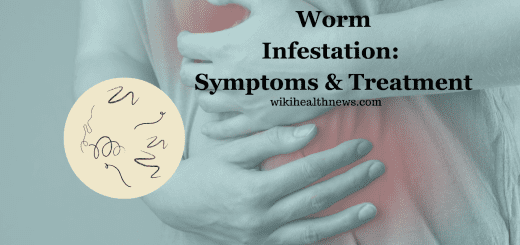Parkinson’s disease: Causes & Prevention
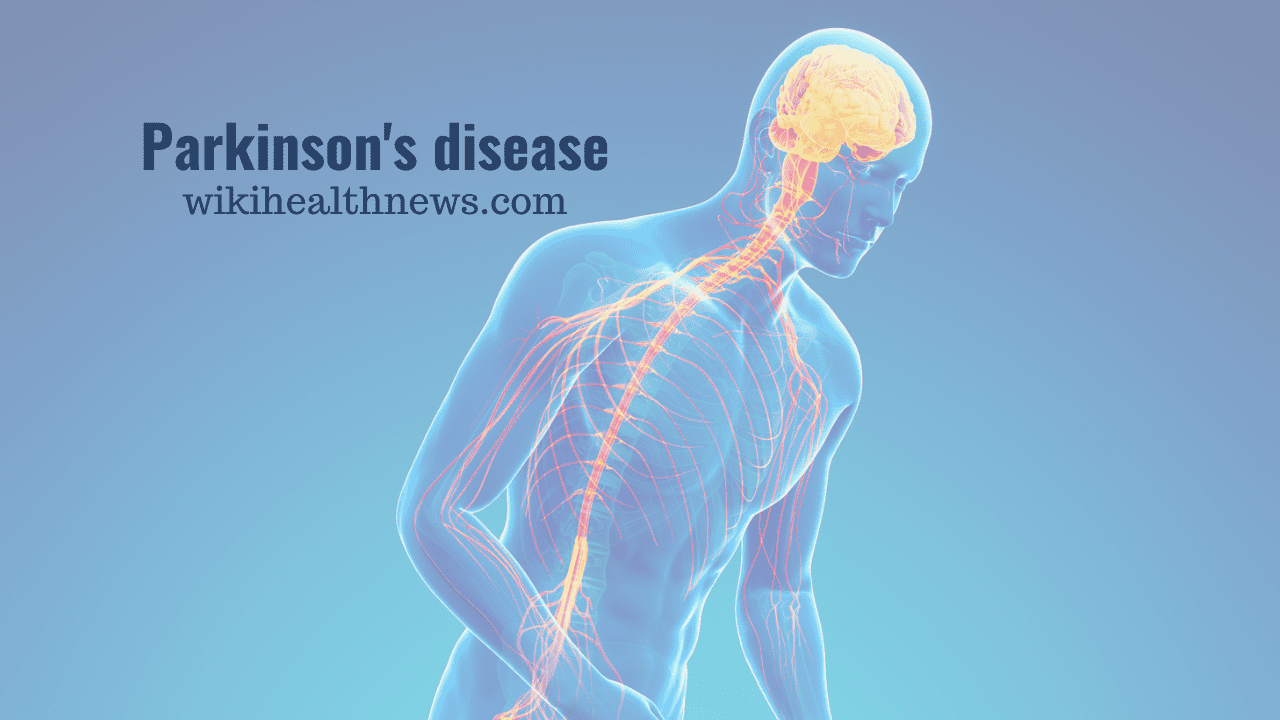
Parkinson’s disease (PD), sometimes known as Parkinsonism, or just Parkinson’s, is a chronic degenerative disease. It is a condition of the central nervous system that mostly affects the movement control of the body. In addition to behavioral and cognitive issues, patients experience tremor, rigidity, slowness of movement. Many patients with Parkinson’s disease exhibit sadness, anxiety, and apathy. Dr. James Parkinson in 1817 found out a kind of “shaking paralysis” in patients and so named it.
What causes Parkinson’s disease?
The accumulation of disorganized proteins into Lewy bodies in the neurons is thought to be the cause of this disease. Subsequently it leads to cell death, although the exact mechanism is unclear. The primary motor symptoms are collectively referred to as parkinsonism or a parkinsonian condition. This disease process affects mostly men above 60 years. Although seen in females at times, this takes a longer period to express. This may be due to the neuroprotective effects of hormone estrogen.
Is it a serious condition?
Most of the patients have mild symptoms like shaking hands or expressionless faces to start with. As the disease progresses it affects different organs of the body. Serious complications like pneumonia may set in to exaggerate the process.
Risk factors for Parkinson’s disease
Conditions giving rise to oxidative stress and the formation of free radicals can lead to Parkinson’s disease. Exposure to a number of environmental toxins are also implicated.
- Elevated cholesterol, high caloric intake and increased body mass index
- Environmental toxins like herbicides, methanol and organic solvents, pesticides
- Head trauma causing inflammation of brain cells
- Food with high manganese content
- Drug abuse
- Post-infection states
Caffeine intake may have some protective effects against this disease, it is less seen in cigarette smokers.
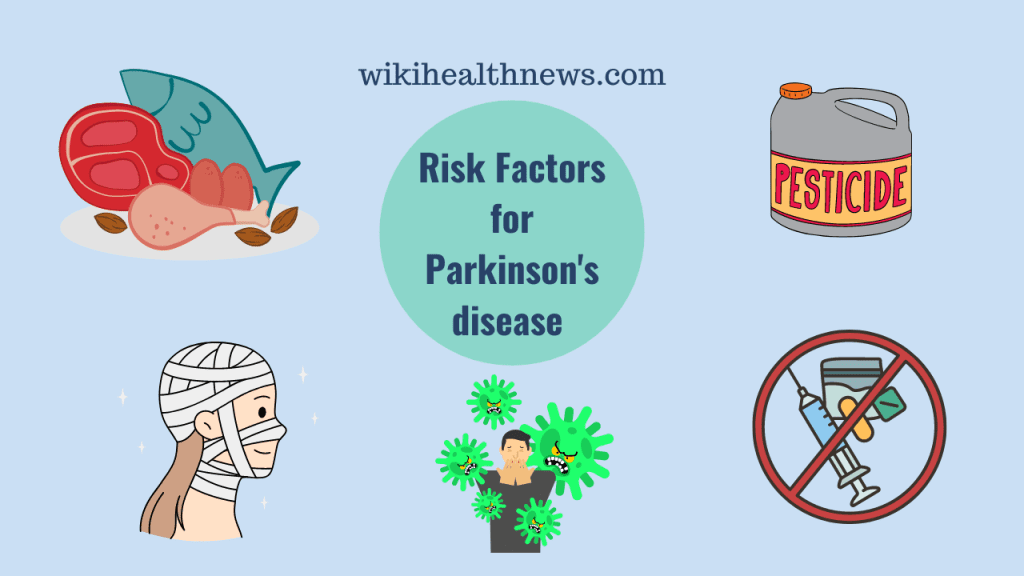
Signs & Symptoms
Various types of nerve disorders are seen with progressing disease.
Expression: Initially this may be the only finding. Relatives notice gradual apathy in a person with no emotional expression. Other than these sleep issues, constipation, decreased smell may set in unnoticed.
This disease has three cardinal features of movement:
- Slowing down of movements: Bradykinesia
Patients have slowness of movements with reduced amplitude. They take smaller steps and multiple attempts to complete an action.
- Resistance to movements: Rigidity
Unable to fold hands or legs, resistance to each action
- Shaking and changes in gait: Tremors
Occurs at rest but disappears in sleep, initially involving fingers and hands. Tremor may involve jaw, tongue, lips, chin, or legs. The tendency of the thumb and index finger to contact and move in unison in a circular motion is known as pill-rolling, which is a symptom of tremor. Usually affecting only one hand at first, the disease eventually spreads to both hands.
Non motor symptoms of Parkinson’s disease
In advanced disease patients may not be able to stand and fall frequently. Dementia, psychosis, orthostasis, and more catastrophic falls typically don’t show up until much later.
Executive dysfunction, which includes issues with planning, cognitive flexibility, abstract thinking, rule acquisition, blocking unsuitable activities, starting appropriate actions, working memory, and attention management, is the most prevalent cognitive deficiency.
Slowed cognitive processing speed, poor memory, and poor perception and time estimation are some other cognitive issues. Nevertheless, when recall is helped by cues, improvement is seen.
Visuospatial issues are also a symptom of the illness, as may be noticed when the patient is asked to complete tests of facial recognition and orientation perception.
Diagnosis
A thorough medical history and neurological examination are the first steps in a doctor’s initial evaluation for PD. The emphasis is on confirming motor symptoms (such as bradykinesia and rest tremor) and bolstering testing with clinical diagnostic standards. Lewy bodies in the midbrain discovered after an autopsy are typically regarded as definitive evidence that the patient had PD. The clinical presentation must be periodically examined to ensure the correctness of the diagnosis because the clinical course of the illness over time may reveal it is not PD.
Prevention
Middle-aged exercise may lower the likelihood of developing PD later in life. With a bigger reduction in risk occurring with a higher intake of caffeinated beverages like coffee, caffeine also looks beneficial. Vitamins C and E and other antioxidants have been suggested as potential disease preventatives, however research has produced mixed results with no discernible benefit. There have been conflicting findings involving fat and fatty acids, with different research claiming beneficial, risk-increasing, or no effects.
Read More
